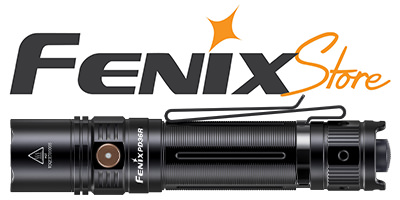Fuzzywuzzies
Enlightened
- Joined
- Aug 18, 2019
- Messages
- 244
This is spot on. I've used most versions of Window$, as well as Apple, Unix and Linux systems over the years. I still use a separate production and development environment to a small degree.There's only a few rational reasons to upgrade any software:
I'm not sure when the trend developed, but many and most Apple users (of Macs and iDevices) are guilty of upgrading for no other reason than they can't help themselves, and as often as not, an upgrade will break production.
- desired features
- bug fixes
- security patches
The way to do it is to have two separate systems, a production machine where a fix is never, ever attempted if nothing is broken, and a development machine that works as a laboratory to determine what if anything breaks when any changes are made. Only after months of observing and testing changes on a development system, only when completely satisfied that production will not be broken by them, would it then be applied to production.
Nice to see that Windows users, at least, have learned, perhaps through previous trials by fire, that mindlessly upgrading is a really bad idea.
Article about Tiny11, a custom version of Windows 11 that's only 2GB. I used to use free software called RT Lite to create customized Windows XP installs such that they would not install unneeded services or applications. It was later developed into RT 7 Lite for Windows 7, and I think, not sure, but it might work for Windows 10 also. This was useful in an enterprise environment as an alternative to creating images, in that rather than imaging clones, which is not a fast process, one could use a custom Windows installer to create a clean installation without the bloat and with applications normally not installed with Windows installer, such as Office suite, also could include drivers, patches and updates, in less time than it takes to clone, and the result was effectively superior, as cleanly installed Windows seem to perform better than clones, at least for a while. But it takes a lot of time and care to set up an installer just right and test it, and ordinarily it wouldn't stay current for very long, though afterwards producing updated installers was a faster process. So I'd carry a few utilities and an installer on a usb thumb (or go grab a bare SATA drive I set up the same way and connect to the internal bus), and if a client's desktop was not performing, and all other known solutions applied without benefit, I'd run a few utilities, like Magic Jellybean to collect the license number, a utility to collect all the installed drivers, and an audit on what was installed, and do a HD wipe and clean install of Windows with updates (ordinarily updating a Windows machine takes 20 times longer than the base install), add the same license back to it, reinstall all the drivers, and pull whatever missing applications from a network store already set up with application installers, apply those serials, restore the user's account, documents and settings, and the result at most a few hours later was an old machine that performed as new.
Find a system that works, and stick with it as long as you can. Rinse and repeat when necessary, with care.


